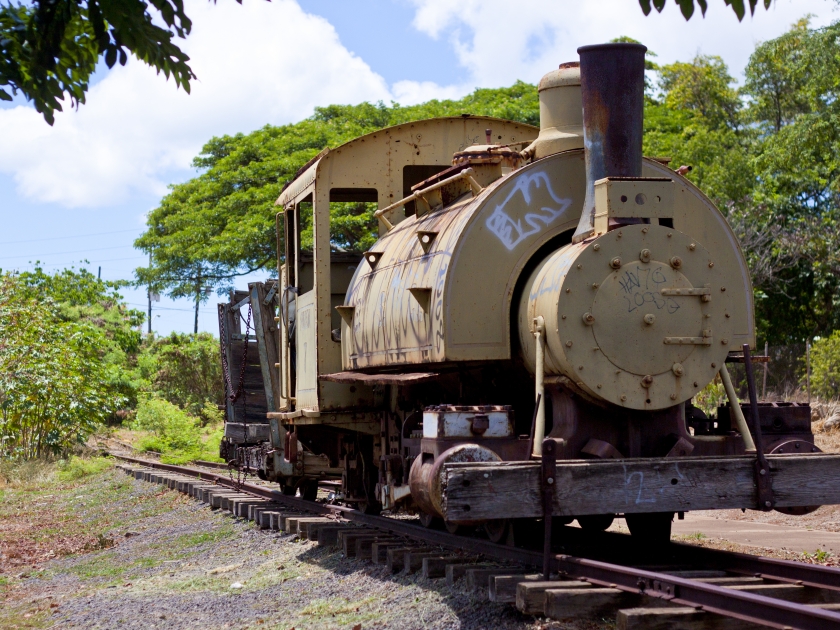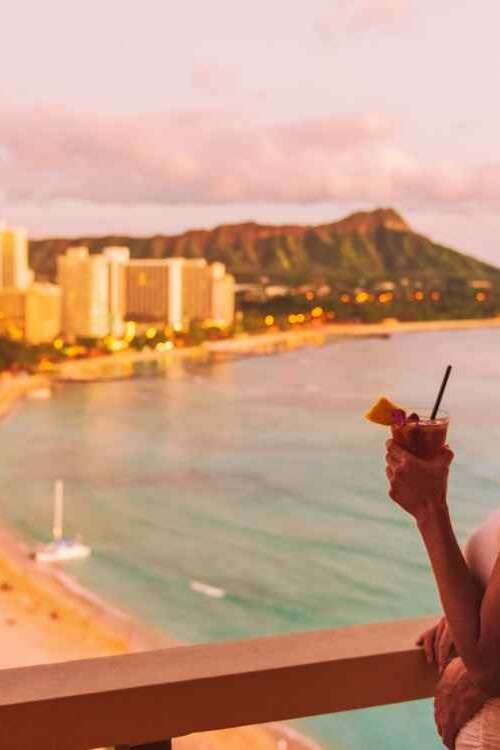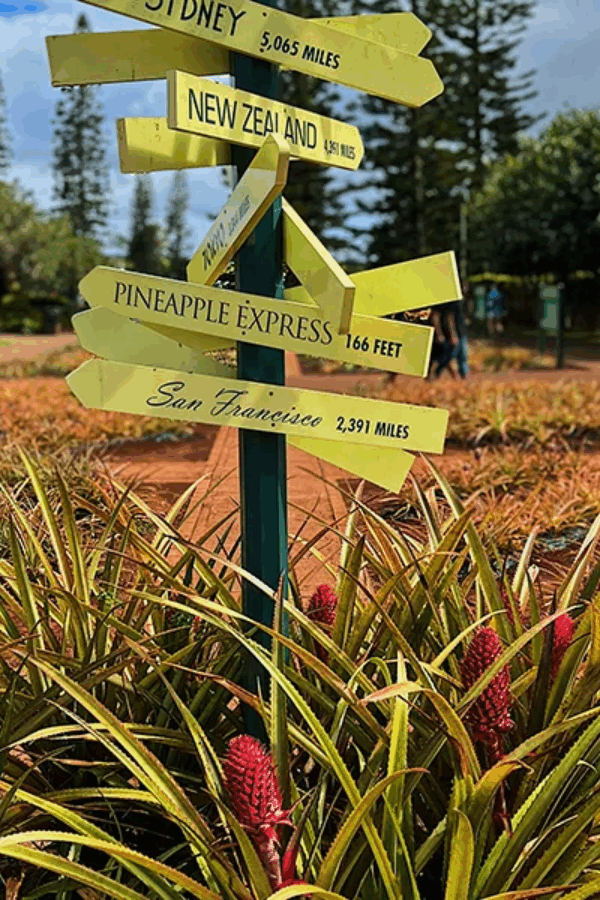Hawaii’s Plantation Village is an outdoor museum located in Waipahu, offering visitors an insightful journey into the history and culture of Hawaii’s plantation era. The village is a replica of a multi-ethnic plantation, a testament to Hawaii’s diverse cultural heritage. Read on for in-depth insights into its history, cultural diversity, and the immersive experiences it provides.
Highlights
- The village is home to authentically restored buildings from the late 19th and early 20th centuries, providing a glimpse into the architecture and lifestyle of that period.
- Visitors can learn about the contributions of Japanese, Filipino, Chinese, Portuguese, and other communities to Hawaii’s rich cultural tapestry.
- Knowledgeable guides lead visitors through the village, sharing fascinating stories and insights about the different aspects of plantation life.
- Hawaii’s Plantation Village offers educational programs that delve deeper into the historical and cultural significance of the plantation era.
- The village hosts various cultural events and demonstrations, offering visitors the chance to witness traditional practices, dances, and crafts that were an integral part of plantation life.
- Beyond being a historical site, Hawaii’s Plantation Village actively engages with the local community, fostering a sense of connection and preserving the cultural heritage for future generations.
History

In 1984, the Waipahu Culture Garden and Plantation Village emerged as a vision conceived by “The Friends of Waipahu Cultural Park,” a non-profit group of businesspeople and local community residents. Spanning fifty acres of flood plains in historic Waipahu town, the initial plan aimed to create authentic homes with families residing in them. The front portions were to be meticulously duplicated to reflect historical accuracy, while the concealed back portions were intended to harbor modern amenities. Financial constraints, however, compelled a delay in construction until 1990.
Construction and Dedication (1990-1992)
Following the delay, construction of the plantation village took two years and was completed in 1992. Dedicated to sharing the experiences, lifestyles, and contributions of Hawaii’s plantation workers, the village became a living history museum, recreating the vibrant atmosphere of a 1900s sugar plantation. The museum comprised a mix of restored buildings, replicas of plantation structures, a museum, and various community buildings representing diverse ethnic groups.
A Glimpse into Hawaii's Plantation Era (1992 Onward)
Hawaii’s Plantation Village officially opened its doors in 1992. Immerse yourself in the vibrant tapestry of cultures that shaped Hawaii’s plantation era. The village features over 25 meticulously restored and replicated buildings representing homes and community spaces of various ethnic groups, including Hawaiians, Chinese, Japanese, Filipinos, Koreans, Okinawans, Portuguese, and Puerto Ricans. Each dwelling showcases unique architectural styles and personal artifacts, providing visitors with a captivating glimpse into the daily lives, traditions, and challenges of these communities.
Life on the Plantation
Living conditions of workers
Plantation workers were accommodated in plantation camps, with each family allocated a small, single-wall construction house with minimal amenities. The houses were typically clustered according to the workers’ ethnic group, fostering a unique blend of cultures within the plantation. These communities often thrived, creating a shared sense of identity and camaraderie among the workers.
Social structure and community life
The social structure within the plantations was organized predominantly around the ethnic backgrounds of the workers. Each group maintained their unique cultural traditions, languages, and social norms. Despite the primarily segregated living conditions, interethnic interactions and exchanges were commonplace, leading to a melting pot of cultures. This blend was particularly reflected in the linguistic development of the region, with the emergence of ‘Pidgin English’, a Creole language that incorporated words and phrases from various ethnic languages. Community life revolved around labor during the day, while evenings and weekends were reserved for social activities such as music, dance, and communal meals. This created a sense of camaraderie and mutual support among the workers, helping them to cope with the demanding plantation life.
Things to Do
Explore the Notable Exhibits and Attractions
The museum boasts a vast collection of artifacts, including tools, personal items, and traditional costumes, showcasing the diversity of the plantation workforce. Visitors can delve into exhibits depicting aspects of plantation life, from fieldwork to cultural practices, accompanied by historical photographs and documents providing insightful narratives. The village also features authentic plantation structures, such as the manager’s house and workers’ cottages, offering a tangible connection to the past. Besides the historical buildings, the village boasts a botanical garden teeming with plants brought to Hawaii by immigrant laborers, adding a touch of cultural significance to the flora. The lush plantation garden serves as a living testament to the plants cultivated for sustenance and medicinal purposes.
Participate in the Cultural Events
Hawaii’s Plantation Village is not just a static reminder of the past, but a vibrant cultural hub that celebrates the diverse heritage of its community through a range of events and festivals. The village hosts the annual “Obon Festival,” a Japanese Buddhist tradition honoring the spirits of ancestors with dancing, music, and food. The “Chinese New Year Celebration” is another key event, featuring lion dances, firecrackers, and traditional Chinese cuisine. For those interested in Filipino culture, the “Filipino Fiesta” showcases traditional music, dance, and a variety of Filipino dishes. These events not only honor and celebrate the rich cultural heritage of Hawaii’s plantation era but also serve as educational platforms to promote cultural understanding and appreciation.
Learn from the Interactive Activities
There are regular craft workshops where visitors can learn about traditional crafts such as Hawaiian lei making, mochi pounding, Chinese calligraphy, and Filipino ‘parol’ lantern making, to name a few. The village also offers interactive exhibits and activities suitable for all ages. Kids will love exploring the one-room schoolhouse, playing plantation games, and learning about different cultural traditions. These initiatives collectively bring history to life, making Hawaii’s Plantation Village a vivid and enlightening experience for all.
Join Guided Tours
Led by knowledgeable guides, the guided tours offer invaluable insights into the history and lives of the plantation’s inhabitants, narrating the unique stories behind each structure in the village. The tour commences with a warm welcome from a volunteer escort, leading guests through an educational center filled with plantation-era pictures and artifacts. Outside, visitors can collect fallen macadamia nuts before entering the “Time Tunnel”. Explore thirty authentically recreated homes representing diverse ethnicities, tour typical plantation village buildings, and visit intriguing spots like a plantation store with vintage machinery and a fear-inducing infirmary. Each ethnic home provides a comprehensive history of plantation workers, narrating enlightening and educational stories that transport guests to simpler times. By the tour’s end, visitors gain insight into the lives of the 400,000 hardworking immigrants who, fueled by dreams and hopes, created a vibrant and prosperous multiethnic society.
Pro-tip: To ensure an intimate experience, tour groups are limited to 12 visitors. Guided Tours, offered in both English and Japanese, are scheduled at 10:00 a.m. and 12:00 p.m., with the last tour of the day at noon. Each tour lasts approximately 1-1.5 hours, allowing visitors to delve into the captivating history and cultural narratives preserved within the village. To secure a spot, reservations are required, and interested parties can make your requests by contacting 808-677-0110 or sending an email to waipahu.hpv@gmail.com.
Tips for Visiting
- Arrive Early: This ensures you have ample time to explore the vast plantation grounds, participate in activities, and interact with exhibits.
- Take the Guided Tour: The guided tour is highly recommended for first-time visitors. It provides a comprehensive overview of the plantation’s history and its cultural significance.
- Participate in Workshops: The plantation offers various craft workshops. Participation not only provides a fun learning experience but also lets you take home a unique memento.
- Plan Around Events: Check their calendar for any special events or festivals. These offer a unique opportunity to immerse yourself in the vibrant culture of Hawaii’s plantation communities.
- Bring Sunscreen and a Hat: Given the outdoor nature of the village, ensure you protect yourself from the sun.
- Stay Hydrated: Carry water with you to stay hydrated while exploring the plantation grounds.
- Wear Comfortable Shoes: The ground can be uneven, so it is advisable to wear comfortable shoes for walking.
- Allocate Enough Time: Don’t rush through the exhibits and attractions; instead, take your time to immerse yourself in the ambiance and absorb the stories that each aspect of the village has to tell. This will make your visit not only memorable but also enlightening.
Hours and Admission
Explore the rich history of Hawaii’s Plantation Village during its operational hours, Monday through Saturday, from 9:00 a.m. to 2:00 p.m. Regular rates include $17.00 for General Adult Admission, $11.00 for Seniors (62+ with ID), Kama’aina, and Military (Active/Retired), and $8.00 for Youth (ages 4-17 years). Children aged 3 and under enjoy complimentary admission, providing an affordable and accessible opportunity for visitors to immerse themselves in the vibrant cultural heritage of the plantation era. Please note that tickets must be purchased on-site, as online purchases are not available.
Frequently Asked Questions (FAQs)
Visitors can explore over 25 restored plantation-era structures, including homes, community buildings, and a variety of historical artifacts. The village provides a comprehensive representation of the different ethnic groups that contributed to Hawaii’s rich cultural tapestry.
Hawaii’s Plantation Village is open from Monday to Saturday, from 9:00 am to 2:00 pm. It is closed on Sundays and holidays.
Yes, Hawaii’s Plantation Village is a great educational experience for kids. Children can learn about the multicultural history of Hawaii through interactive exhibits, making it an enriching outing for families.
Yes, the village provides facilities such as restrooms and ample parking for visitors, ensuring a comfortable experience during your visit.
Yes, Hawaii’s Plantation Village is accessible for people with disabilities. However, it’s always recommended to contact the facility in advance for specific information.
Yes, there is a gift shop on-site where you can find a variety of souvenirs, including books, crafts, and other items related to the history and culture of Hawaii’s sugar plantation era.
The time required to explore the village can vary based on individual preferences. On average, visitors spend about 1.5 to 2 hours exploring the exhibits and structures, but you may want to allocate more time if you plan to participate in guided tours or attend special events.
How to Get There
By Car
If you’re driving from Downtown Honolulu, take the H1 West and continue onto I-H201 W. Then, take Exit 8 for HI-99 N/Farrington Hwy and follow the signs for Waipahu. Continue on HI-99 N/Farrington Hwy until you reach Hawaii’s Plantation Village on your right.
By Bus
If you prefer public transportation, bus service is available from Honolulu. Take Bus 42 from Ala Moana Center heading to Waipahu Transit Center. From the Waipahu Transit Center, Hawaii’s Plantation Village is a short 15-minute walk. Please check the local bus schedule for the most accurate timings.
Appreciate the Roots of the Community and Carry Forward its Legacy!
As we draw the curtains on this exploration of Hawaii’s Plantation Village, it is impossible to overlook the cultural richness intricately preserved within its rustic setting. The plantation not only chronicles the history of hardworking immigrants but also provides a space where their traditions, customs, and the enduring spirit of aloha are celebrated. It is a bridge connecting past and present, a reminder of our shared history, and a beacon illuminating the path toward a future of cultural understanding and mutual respect. Visit now!




